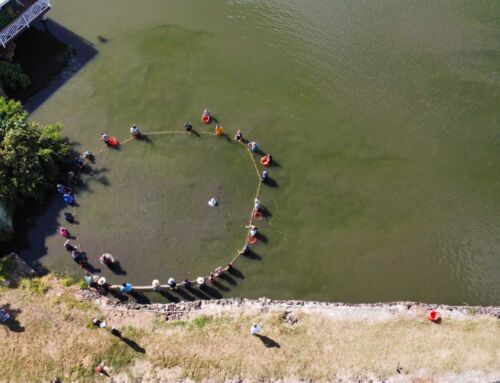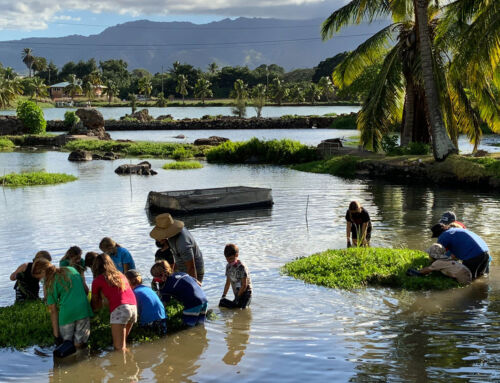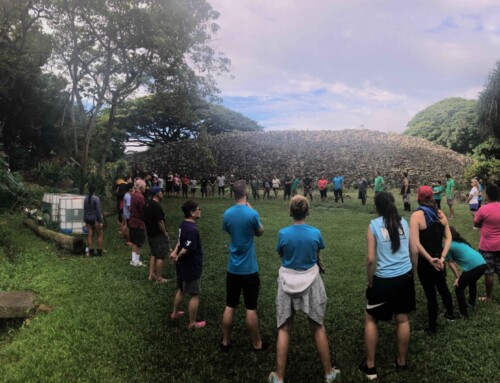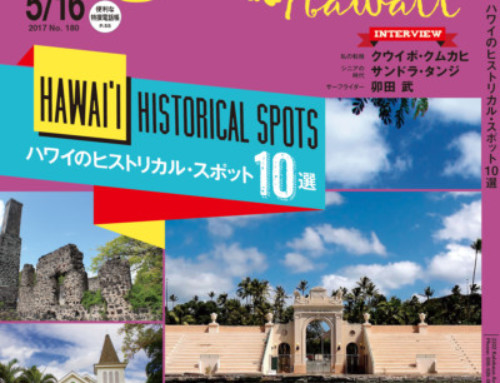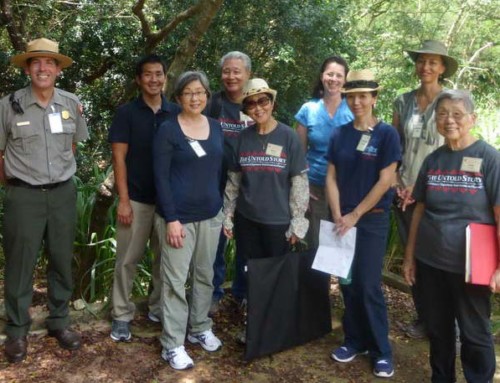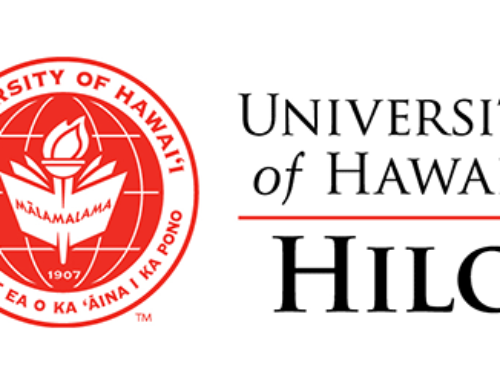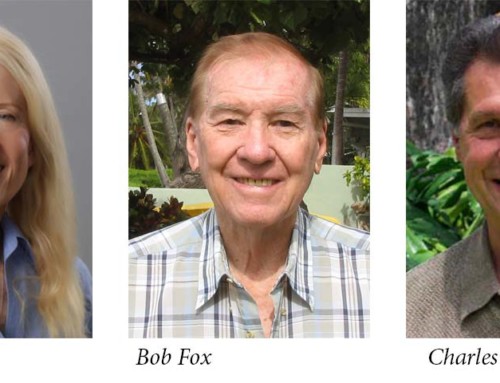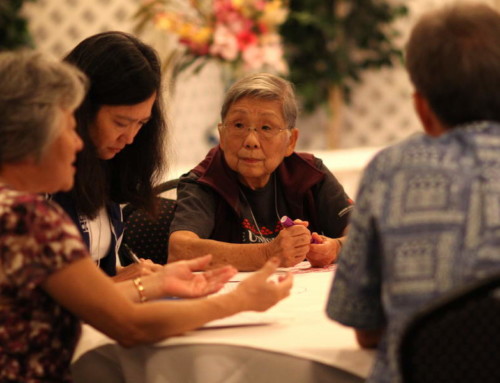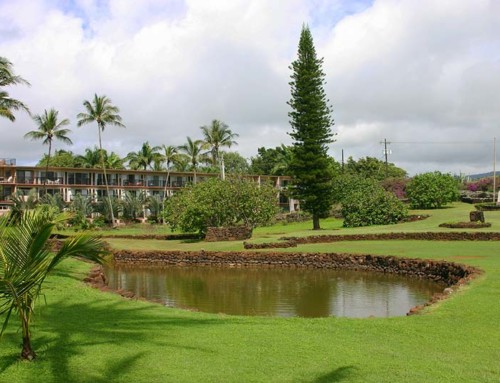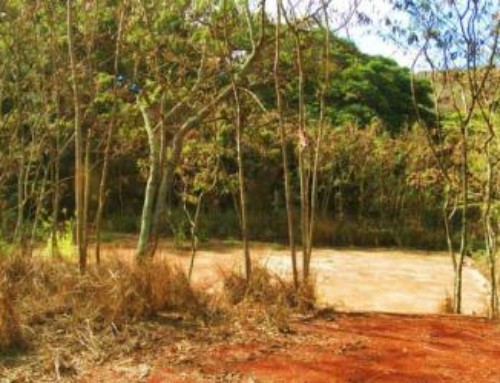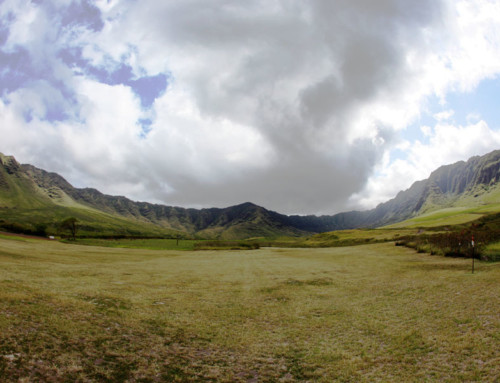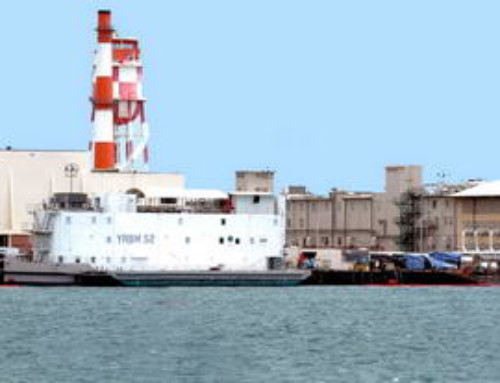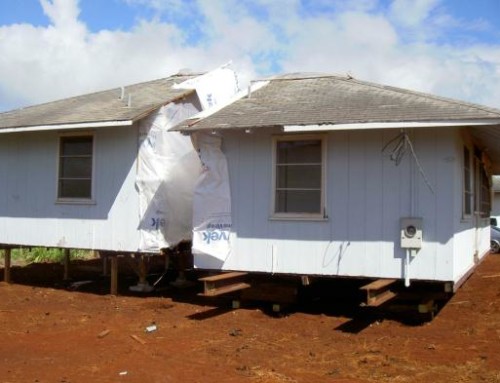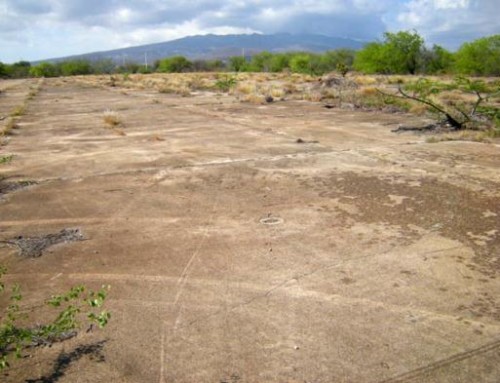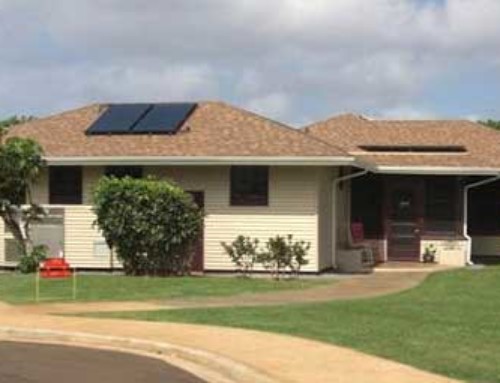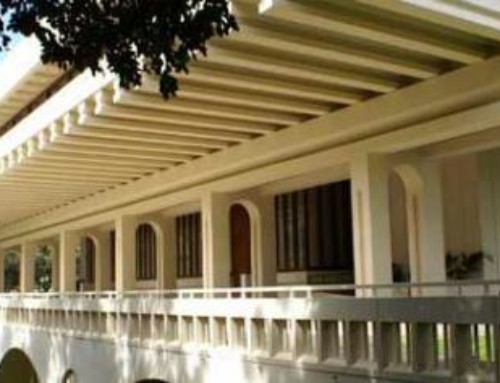By Peter Apo, Trustee, Office of Hawaiian Affairs
This month’s column is inspired by two recent experiences, one as master of ceremonies for the 39th Historic Preservation Awards staged by the Historic Hawai‘i Foundation, and the other as master of ceremonies for a memorial service at the Waikiki Natatorium War Memorial. You should know that I am an outspoken and undeterred advocate of preserving the Natatorium. So I guess I was swept into a cerebral state that made me want to write about the importance of historic preservation.
There’s a Hawaiian proverb – Ke ala i ka wa ma mua, ka wa ma hope – the road to the future leads through the past. It’s a piece of wisdom that says it’s important to know where we’ve been in order to figure out where we should be going. It assigns a high priority to preserving our history and keeping our past connected to our future. It is absolute in the belief that, as a matter of public policy, preserving our historic buildings, landscapes, artifacts, and all meaningful physical evidence that we were here is important. Perpetuation of the community history is a mark of a great society.
An example of the work recognized by the Historic Hawai‘i Foundation in past years is Kuka‘o‘o Heiau or temple in Manoa Valley. Historical evidence suggests that the heiau was built in early history, eventually becoming an agricultural temple of the mapele class dedicated to the rites and rituals surrounding food productivity. Restored in 1993, Kuka‘o‘o Heiau survives as the last intact Hawaiian temple in the greater ahupua‘a of Waikiki and remains an extraordinary link to the past.
Surrounding Kuka‘o‘o Heiau is a garden featuring endemic and indigenous plants as well as Polynesian introductions. Many of the plants are on the endangered species list, and others are threatened or at-risk species. Through the Native Hawaiian garden, the Manoa Heritage Center preserves native species and promotes an understanding of the useful and beneficial properties of plants.
The heiau, gardens and heritage center are the result of the inspiration, vision and hard work of Sam and Mary Cooke, who have been honored by HHF for their contribution to preserving the past. And HHF every year acknowledges the more recent past, giving Preservation Awards for books, databases and renovations of historic structures.
Among the thousands of Earth’s living species, only humans are capable of altering large expanses of the natural environment and creating built environments that stand as testaments to our need for comfort, safety, sustenance, entertainment and artistic expression. In exercising our ability to construct, arrange and develop these clusters of human habitats, we have created a wondrous time tunnel of human history that stretches across the ages. These historic corridors that frame the clusters of cultural landscapes, structures, objects and artifacts of our past come together like a time wave upon which rides our community memory, pausing briefly in the present, then tumbling us forward into our future. To be the caretakers and protectors of these corridors of human existence is among the noblest of human endeavors. To not preserve our past is to be without a reflection in the waters of time.
For those of you would want to learn more and better yet lend a hand of support, you can go to the websites of Friends of the Natatorium, natatorium.org, and the Historic Hawaii Foundation, historichawaii.org. Malama Pono.
Originally published in Ka Wai Ola. Reprinted by permission of the author, July 3, 2013




